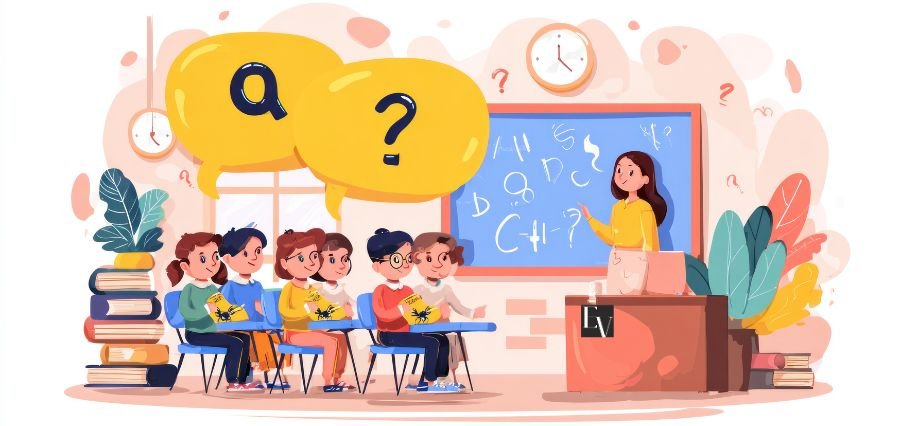Prime Highlights:
- ASU becomes the first university to use Superhuman Go, helping organize information, connect tools, and support students.
- The partnership aims to improve learning by guiding the use of digital tools in education.
Key Facts:
- Superhuman Go is designed to address challenges like scattered information and disconnected tools.
- Many college students are already using digital tools in their studies, highlighting the need for guided adoption.
Background:
Superhuman, Grammarly’s parent company, is partnering with Arizona State University to bring Superhuman Go to higher education. ASU will be the first to use it to organize information, connect tools, and support students.
With many students using digital tools, schools are finding ways to use them to improve learning. ASU, which already uses Grammarly for Education to improve student communication, will now have early access to Superhuman Go. This will help students, faculty, and staff organize, access, and act on information more effectively.
The partnership also includes creating one of the first institution-built agents for Superhuman’s platform to improve course and instructional design. ASU will also work with Superhuman to develop a new digital assignment workspace, further supporting learning and teaching initiatives.
Nancy Gonzales, ASU Executive Vice President and University Provost, said, “AI is radically reshaping how we teach, learn, and work. Our expertise in educational technology and scale requires us to take responsibility for how these tools shape education. We are proud to lead with partners like Grammarly to ensure AI improves student success and enriches faculty teaching.”
Jenny Maxwell, Head of Grammarly for Education, added, “Arizona State University has been an invaluable partner in defining agentic AI for education. Their willingness to test early versions and give feedback has been essential in creating a platform that effectively supports learning and daily operations in higher education.
This partnership is an important step in preparing students for the future workplace and shows how innovative institutions and technology companies can work together to improve the educational experience.





